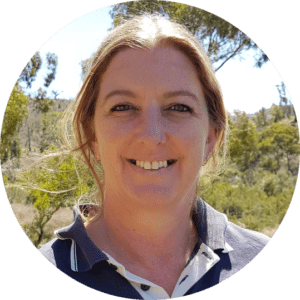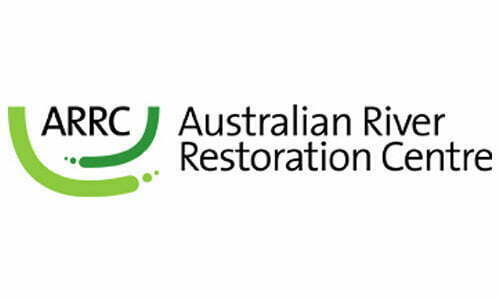This region was an important meeting place, which means that it wasn’t just inhabited by one particular Aboriginal group, but had many. We recognise the Mulwaree, Wollondilly, Wiradjuri, Gundungurra, Dharrook, Tharawal, Tarlo, Pajong, Parramarragoo, Cookmal, Burra Burra, Lachlan and Ngunawal people. We acknowledge their continuing connection with, and knowledge about land, waters and community. We pay our respects to them and their cultures; and to Elders past, present and emerging.
Adapted from: Welcome to Country & Acknowledgement of Country – Creative Spirits
River Dreaming image (right). Artist: Richie Allen (Ngunnawal/Kamilaroi), Traditional Aboriginal Owners Corporation.


 Lori Gould
Lori Gould






